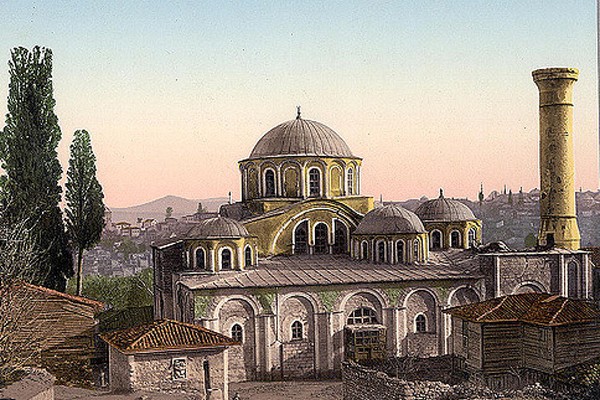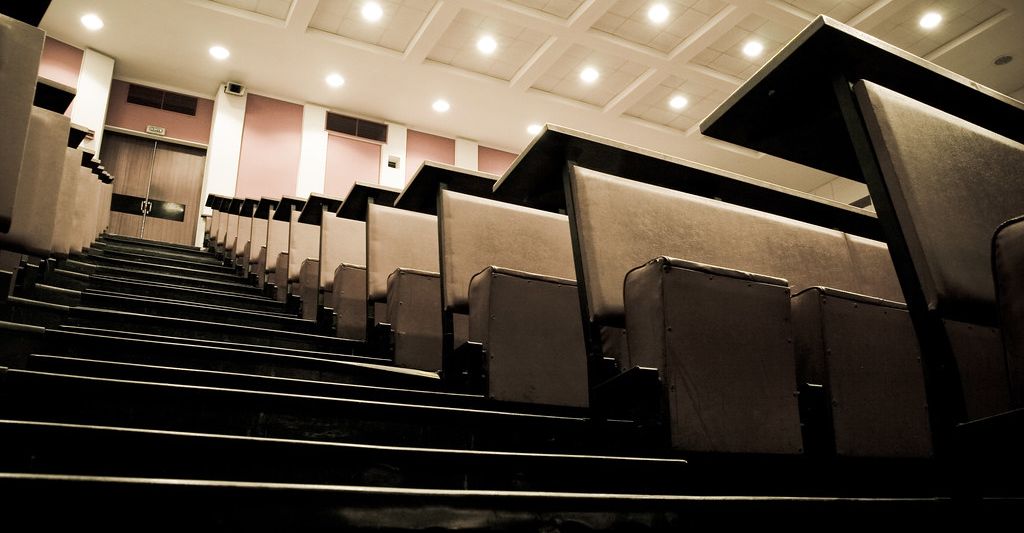Last Monday’s Finsbury Park Mosque attack, in which 47-year-old British citizen Darren Osborne ploughed his van into a group of worshippers, killing one and injuring ten, is yet another incident in a growing trend: hate crimes against Muslims, which have been rising at rates of between 44 and 500 per cent in the US and UK (depending on how the crimes are tracked). While these statistics are lacking in Australia – a statistical gap that Islamophobia Register Australia intends to plug when it releases a first-of-its-kind report this month – we already know about several similar incidents, including tirades on public transport and physical assaults.
What is most alarming, and consistent, about these attacks is the focus that white nationalists and right-wing terrorists place on targeting houses of worship, whether mosques, synagogues, prayer rooms, Sikh temples or Black churches. Hate crimes are, of course, opportunistic, but it is worth examining why places of worship are represented more highly than other public spaces.
Attacks on mosques, especially during the holy month of Ramadan, carry an impact that extends beyond the individual, or the casualty rate. These attacks erode the traditional openness of mosques, as well as the privacy and safety these spaces traditionally offer; such attacks also prevent Muslims from seeking refuge in community or replenishing their morale, something else mosques provide.
Finsbury Park happened on the same day Nabra Hassanen, a Virginia teenager, was abducted from outside a mosque and murdered. These homicides co-exist alongside a steady boil of incessant petty vandalism, arson, and pork-themed attacks like the hurling of a pig’s head at a Newcastle mosque.
In the book Extreme Right Wing Political Violence and Terrorism, scholar Robert Lambert interviewed several victims of these lower-level mosque attacks, who persistently reported feeling ‘under siege’ and ‘besieged’ in the aftermath of such crimes. One mosque representative states, of a mosque whose windows had to be permanently boarded due to repeated acts of vandalism, ‘It looked like it’s not a mosque; it’s not a holy place.’
What transpires after such attacks is that mosques stop feeling like mosques. For most people, no matter their religion (or lack thereof), there is something special about a place of worship. A characteristic that makes a room stop feeling like a mere room, and instead like something sacred. Mosques, of course, carry certain physical markers – the architectural style, which often includes a courtyard and a minaret – that are not easily destroyed. But they also possess myriad other characteristics, some of which are more fragile.
Mosques, like other places of worship, are at once public and private. A mosque is a mosque if general permission to pray in it exists. Most mosques have open-door policies, provided that visitors are willing, for example, to perform a simple act of reverence like taking off their shoes. Mosques are designed as spaces for congregation and recreation, and host intra- and inter- community events such as Iftar dinners.
They also provide a space for community-building. The duty of an imam is not only to impart spiritual guidance, but also to offer mediation of conflict, care for worshippers’ welfare, and foster a sense of community. These purposes are reflected in mosque attendance, which correlates with higher feelings of being emotionally supported. When, in 1999, an earthquake that killed over 17,000 people struck Turkey, I remember how members of my community flooded to Auburn Mosque, unable to do anything but wait and pray for news from loved ones. ‘There is a feeling of great emptiness and helplessness,’ Huseyin Urusoglu of the Auburn Turkish Islamic Cultural Centre said at the time. ‘All we can do is pull together as a community.’
Since September 11, many public spaces, and even people, have been securitised, which is to say that they have been identified as potentially threatening – airports, mosques, refugees. The effect on mosques has felt brutal: they have become both much more private and much more public. Trust levels have fallen among communities, and many of these holy spaces have had to curtail their open-door policies; some have even been forced to monitor attendees’ comings and goings. These places of worship have been raided by police, and infiltrated by the machinery of state surveillance. Mosques spanning the 100-mile radius from New York have been under surveillance since 2002. Plainclothes individuals dubbed ‘mosque crawlers’ and ‘rakers’ infiltrate the US Muslim community. In Australia, One Nation has proposed the installation of surveillance cameras in mosques. Such a suggestion has been floating around since 2005.
When Pauline Hanson demands that mosques be publicly accessible during opening hours, she is, as usual, wrong. They already are. To counter this messaging nonetheless, mosques Australia-wide have thrown open their doors repeatedly, culminating in National Mosque Open Day. But when Pauline Hanson demands access even for individuals unwilling to cover their head or take off their shoes, what she really means is that mosques should stop being mosques.
The cumulative impact of repeated attacks on these places of worship is to make Muslims in Australia and elsewhere feel besieged. Morale is at an all-time low, and the places in which Muslims might have sought refuge are now the most dangerous. Such a situation is atomising. And as the far right knows, communities that are divided, or that have lost their sense of what’s sacred, are easier to conquer.
There is a certain level of irony to viewing Islam as a medieval religion, and resorting to such medieval tactics in an attempt to crush it.
Image: Kariye mosque, Constantinople, Turkey






